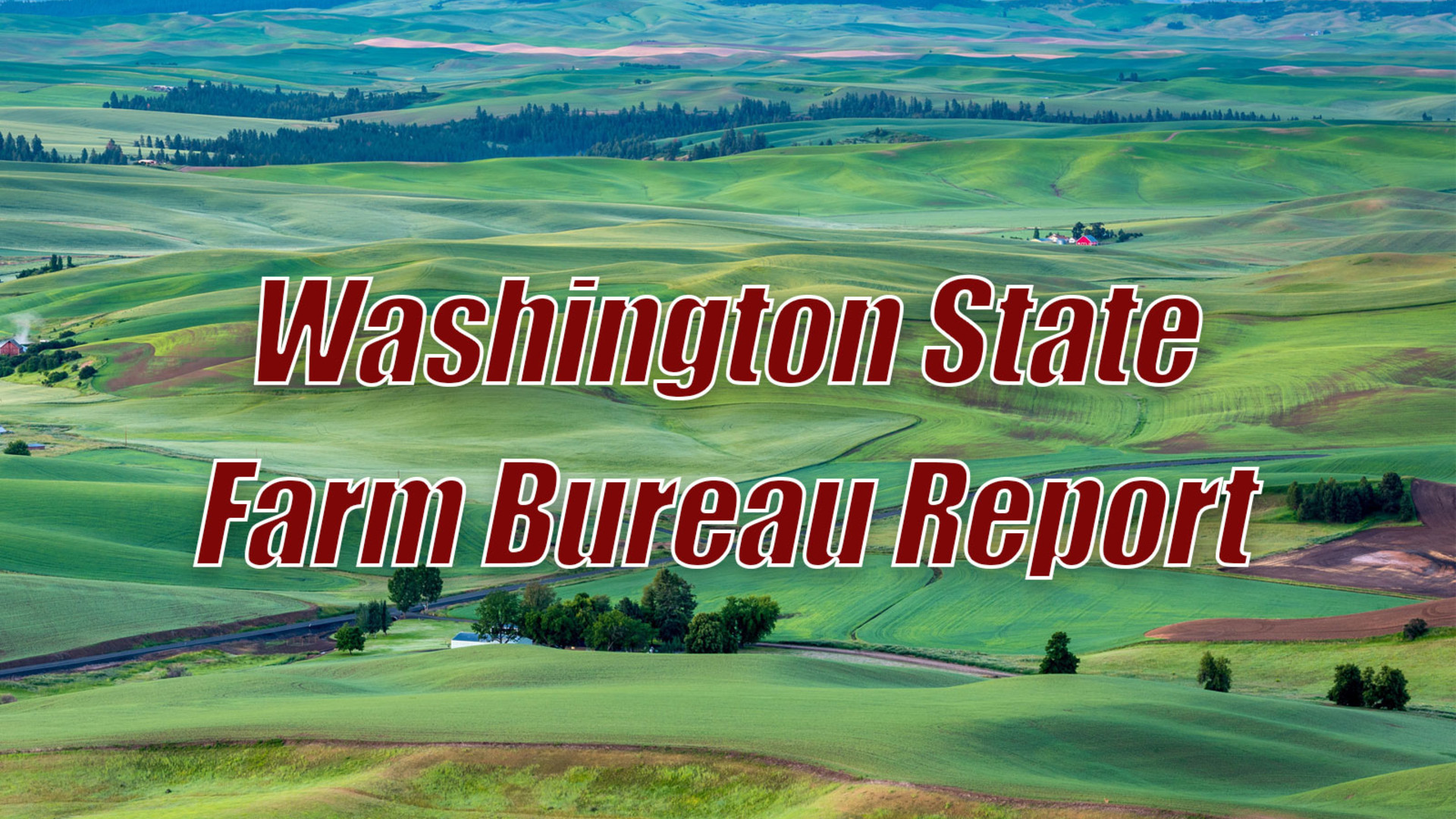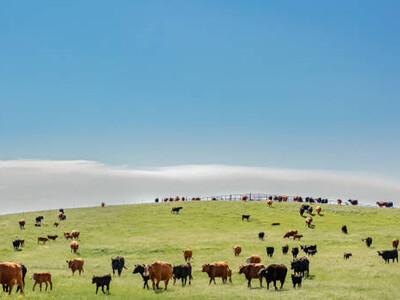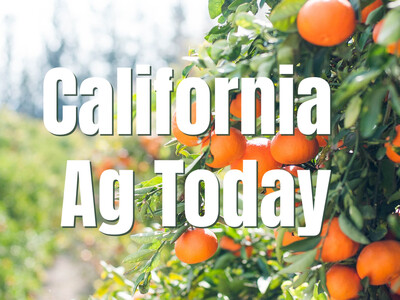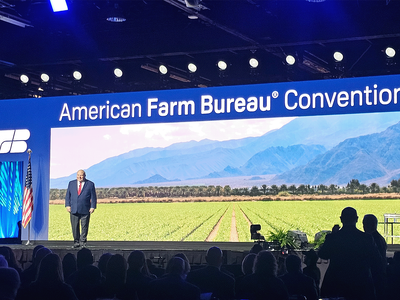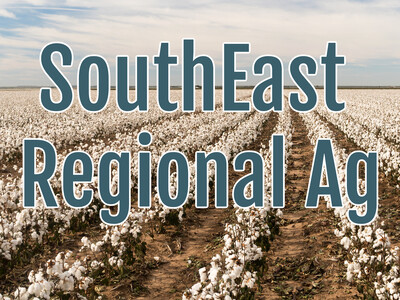Keeping Short-Line Railroads Open
Palouse grain producers have been fighting for years to keep short-haul railroad lines open in Washington's agricultural southeast corner. Jackie Tee, Project Manager for the new $17 million McCoy grain handling facility between Rosalia and Oakesdale discusses what having the McCoy facility will mean for wheat growers in Eastern Washington in keeping the short-line railroads open.
TEE: Last year we shipped about 2100 cars, and we are anticipating that we are going to do between four and five thousand cars per year once we get the facility built. It’s us utilizing the existing infrastructure, and the more you use it the more stable that infrastructure is going to be in being there down the road.
Railroad companies in the past reported financial losses due to losing wheat business to barges on the Snake and Columbia rivers. Tee reaffirms that rail providers and river terminals are both integral in the export supply chain.
TEE: People ask us about river and rail and we, both Pacific Northwest Farmers Co-op and Co-Ag, are partners in Three Snake River Terminal. And we are definitely pro river terminal and rail. The rail is just a compliment. The bushels in the north part of Whitman county should actually go by rail and the bushels in the southern part of the county should go to the river. We need both river and rail. They’re both very vital to the grain producers in the Palouse, and we would not be able to ship all of the grain we produce by just one of those methods.
Eastern Washington wheat farmers hope the facility is proof positive they want to keep short-line railroads open, and that legislators will now do their part to make sure there’s money for the upkeep of the rail.
I’m Lacy Gray and that’s Washington Ag Today on the Northwest Ag Information Network.


